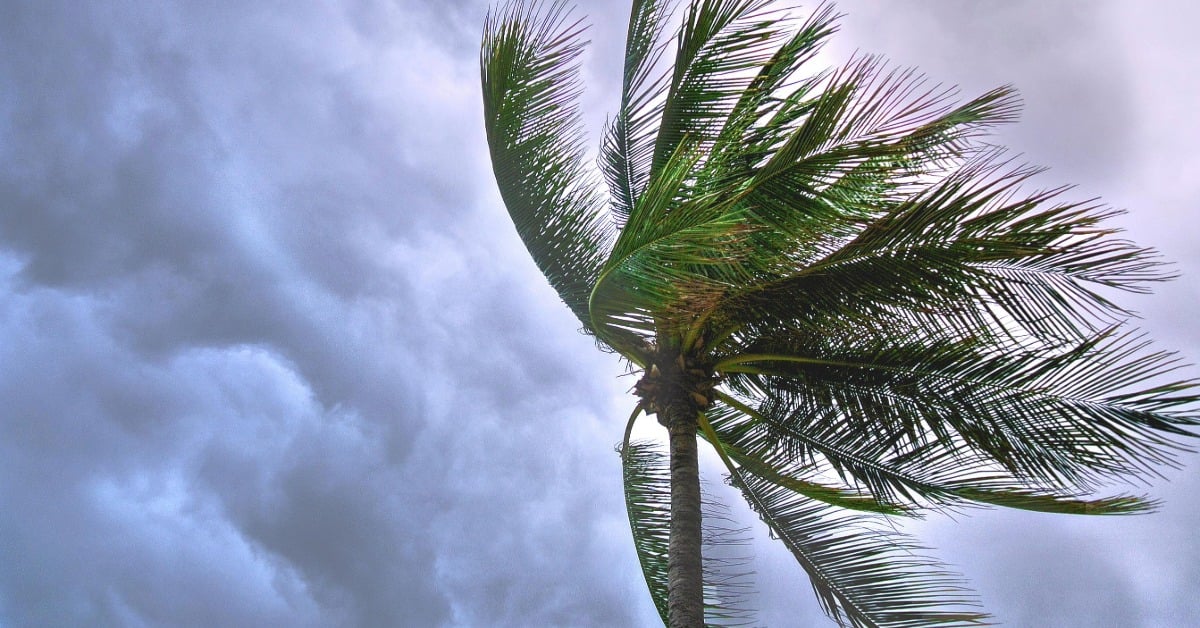The National Meteorological Service (SMN) and the National Water Commission (Conagua) issued an alert today, July 28, 2025, for three potential cyclones developing simultaneously in the eastern Pacific Ocean . . .


The National Meteorological Service (SMN) and the National Water Commission (Conagua) issued an alert today, July 28, 2025, for three potential cyclones developing simultaneously in the eastern Pacific Ocean . . .
